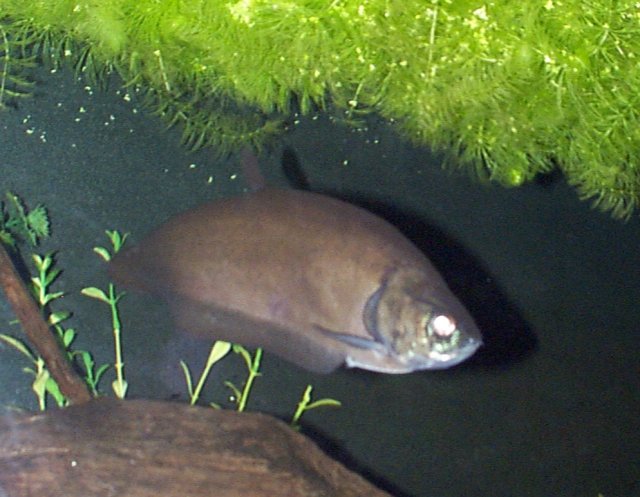 |
|
| Electric Eel (head) | Electric Catfish (head) |
 |
|
| Electric Eel: note the short body and long tail. In this fish the muscles of the long tail generate the electrical shock. | Electric Catfish: note the longer body. In this fish the muscles of the anterior half of the body generate the electrical shock. |
The Aba-Aba, a weakly electrical fish. Note that the dorsal fin is expanded in this fish. |
The Black Ghost Fish, another weakly electrical fish, has an extended ventral fin. |
 This Asian Knifefish also has an extended ventral fin. |
|
| More information from the University of Arizona Tree of Life entry on Gymnotiform (knife) fish. | |
